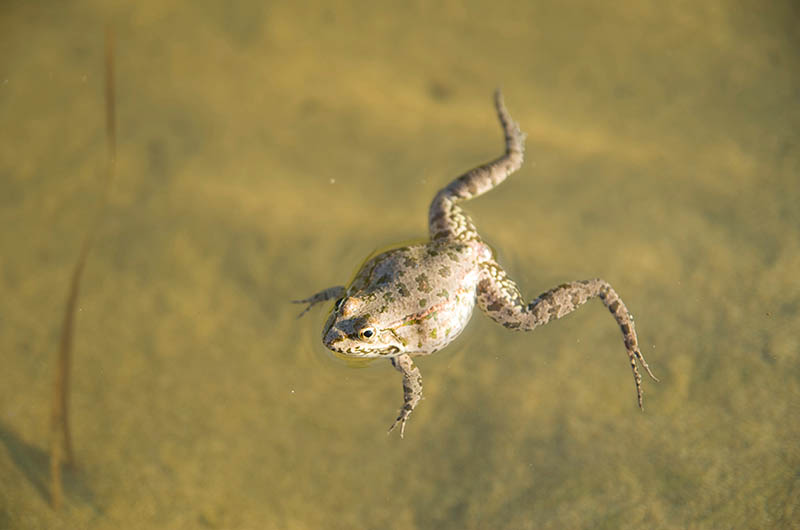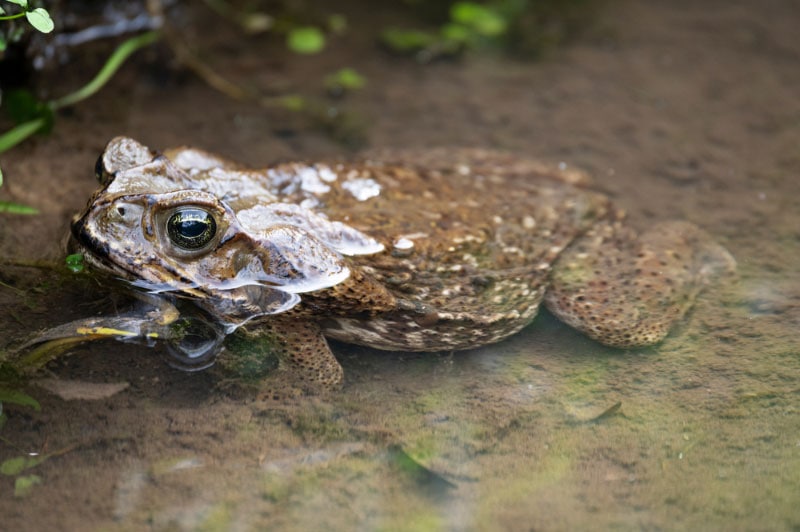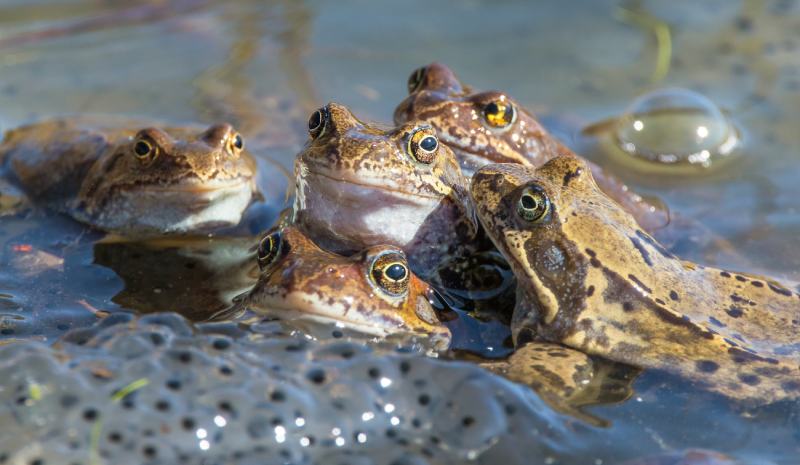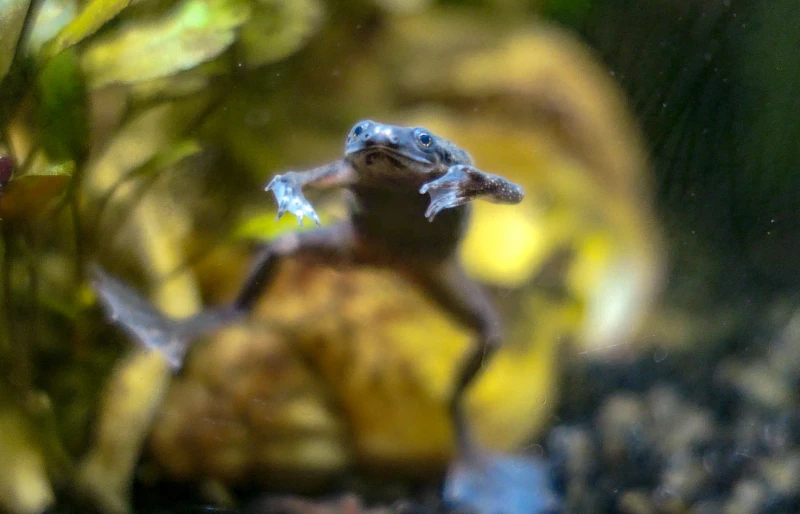How to Tell If a Toad Is Pregnant? 6 Vet-Approved Signs
Updated on

Toads are interesting amphibians. Found on every continent except Antarctica, it’s not unusual to hear toads in your garden, backyard, or around a nearby pond when the weather is nice. When it comes to female toads, their reproductive systems are fascinating, and if you are trying to breed your pet toad, you might be wondering how to tell when your female is pregnant.
The first thing you should realize is that toads don’t actually get pregnant, they lay eggs. This means they don’t have a live birth. The term used for a toad bearing eggs is gravid, and the male fertilizes the eggs as the female lays them. Unfortunately, it can be difficult to determine when your toad is carrying eggs. Below, we’ll give a guide to provide you with a few ideas on how to decide.
How to Tell If a Toad Is Pregnant
1. Take Note of the Season
Toads only mate for a few months out of the year. Breeding season typically starts in February or March and lasts until sometime in May. Why do toads only breed at certain times? It’s all about the temperatures and conditions. Toads lie low or hibernate when the weather is cold. Spring is an ideal time for mating as the scorching heat of summer hasn’t taken over yet, but there isn’t as much worry about it getting too cold. You’ll know breeding time has arrived when you hear male toads making calls in hopes of attracting females to their pools.

2. Check Her Abdomen Growing
When a female toad’s tummy is filled with eggs, you may notice it’s looking larger than normal. Of course, this could just be an overly chunky lady toad! However, if you haven’t noticed your toad indulging in food more often, perhaps she has eggs inside.
3. Keep an Eye Out for Digging
Toads may also dig holes or prepare protective areas when they are carrying eggs. This is a natural response as they want their eggs kept safe. You may even find that she is gathering leaves and other materials she will use to hide the eggs once laid.

4. Take Note of a Female’s Reactions to a Mating Call
When a female toad is gravid, or carrying eggs, she will pay more attention to a male’s mating call. If a female toad doesn’t get her eggs fertilized, she may resorb the eggs and wait until another season before she attempts it again.
5. Observe Behavior
You may realize a female toad is gravid by different behaviors she may exhibit. Perhaps she isn’t as active as she was? She could even be eating more or less. If you notice odd behaviors during mating season, she could have eggs inside.

6. A Male Is Clasped to Her Back
As odd as it sounds, seeing a male toad holding tightly to a female is a good sign she is carrying eggs. This is when toads do their thing, but it isn’t what you might think. It is called amplexus and is when the male stimulates the female to lay her eggs (spawn). She spawns long strings of eggs, which the male fertilizes as she releases them.
Final Thoughts
While determining whether a toad is gravid can be difficult, it isn’t impossible. If you raise toads and are hoping for eggs to be laid, follow these steps to learn if your females are gravid. Unfortunately, not all of these steps will work in every situation. It might sound obvious, but if you are hoping to breed your toad, it is important to have a male, if not in the same terrarium, at least nearby. Your female may not produce eggs if they are not likely to be fertilized.
- Related Read: 16 Facts About Toads: Appearance, Origin, Singing & More
Featured Image Credit: isabela66, Shutterstock












